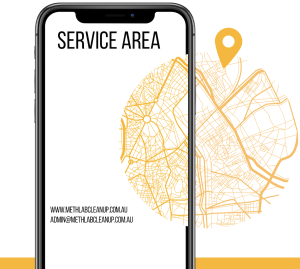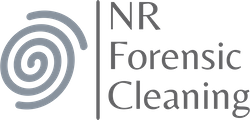Experienced in all aspects of meth testing
Visual Inspection:
Swab Testing
Air Quality Testing
Laboratory Analysis
Meth Testing Services
Professional meth residue testing services. Contact us today to discuss your meth residue testing requirements today!
Meth Use In Our Community
Methamphetamine, commonly known as meth, has become a significant public health issue in Australia, affecting individuals, families, and communities. As its use continues to rise, so does the need for effective strategies to mitigate its impact, one of which is meth residue testing. This process is crucial not only for ensuring the safety of living environments but also for addressing the broader implications of drug use in society.
What is Meth Residue Testing?
Meth residue testing is the process of detecting methamphetamine and its byproducts in various environments, primarily residential and commercial properties. This testing serves multiple purposes, including assessing the safety of a property for habitation, confirming the presence of drug manufacturing or usage, and protecting public health.
Meth Testing Process
- Visual Inspection: The first step often involves a thorough visual inspection by trained professionals. Inspectors look for signs of meth use or production, such as discoloration, chemical odors, and other physical indicators.
- Swab Testing: Swab testing is one of the most common methods. Technicians use specialized wipes to collect samples from surfaces within a property. These samples are then analyzed to detect the presence of meth residue. This method is effective for identifying contamination levels.
- Air Quality Testing: This process assesses the air within a property for volatile organic compounds (VOCs) associated with meth. Air samples are collected and analyzed to determine whether the environment is safe for occupants.
- Laboratory Analysis: Once samples are collected, they are sent to accredited laboratories for detailed analysis. These labs utilize advanced techniques, such as gas chromatography-mass spectrometry (GC-MS), to accurately measure meth levels and confirm contamination.
Health Risks Associated with Meth Residue
Exposure to meth residue can pose serious health risks, particularly to vulnerable populations such as children and pregnant women. Short-term exposure can lead to respiratory issues, skin irritation, and neurological symptoms. Long-term exposure has been linked to more severe health problems, including developmental delays in children and potential reproductive issues in women.
It’s essential for property owners and tenants to understand these risks and take appropriate measures if contamination is suspected.
Legal Implications of Meth Residue Testing
In Australia, property owners have a legal responsibility to ensure their properties are safe for occupants. If meth contamination is detected, they may be required to take remedial action, including professional decontamination. Failing to address contamination can lead to significant legal consequences, including fines and civil liability.
Moreover, landlords are encouraged to conduct routine testing, especially in high-risk areas, to protect tenants and themselves from potential health and legal issues.
We’re here to help
As methamphetamine use continues to impact Australian society, awareness of meth residue testing and its implications is crucial. Understanding the testing processes, associated health risks, and legal responsibilities can empower individuals and property owners to take proactive measures. For those seeking more information, numerous resources are available to help navigate the complexities of meth residue testing and ensure a safe living environment.
We’re never late
24/7 Emergency Callout
Satisfaction Guaranteed


